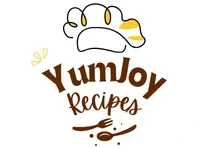Mastering the Art of Round Vintage Cake Designs for Special Occasions
Are you searching for the perfect round vintage cake that captures the elegance and charm of yesteryear? In today’s modern baking world, vintage cake designs on round bases have made a remarkable comeback, delighting both nostalgic enthusiasts and new admirers alike. Round vintage cakes blend timeless aesthetics with delicate craftsmanship, creating showstopping centerpieces for any special occasion.
The Timeless Appeal of Vintage Round Cake Designs Through History
The enchanting world of round vintage cakes has a rich heritage that spans decades. Furthermore, these classic designs have evolved while maintaining their distinctive aesthetic appeal. Throughout history, buttercream-decorated round cakes have graced celebration tables at weddings, birthdays, and other milestone events.
Vintage cake styles typically feature intricate piping techniques, delicate colors, and ornate details that hearken back to earlier eras. Additionally, the round shape provides the perfect canvas for showcasing these traditional decorative elements. Many bakers consider vintage round cakes to be not merely desserts, but rather edible works of art that celebrate craftsmanship and attention to detail.
How Traditional Buttercream Techniques Transform a Simple Round Cake
The magic of a vintage cake often lies in its buttercream artistry. Moreover, traditional piping methods create the distinctive frills, swags, and rosettes that characterize these delightful creations. When working with a round cake, decorators can achieve perfect symmetry as they pipe intricate patterns around the circumference.
Swiss Meringue Buttercream and American Buttercream both work beautifully for vintage cake designs. However, each offers different advantages depending on the specific decorative elements you plan to create. The smooth surface of a properly iced round cake serves as the ideal foundation for adding those characteristic vintage embellishments that make these desserts so special.
Essential Equipment for Creating the Perfect Vintage Round Cake Style
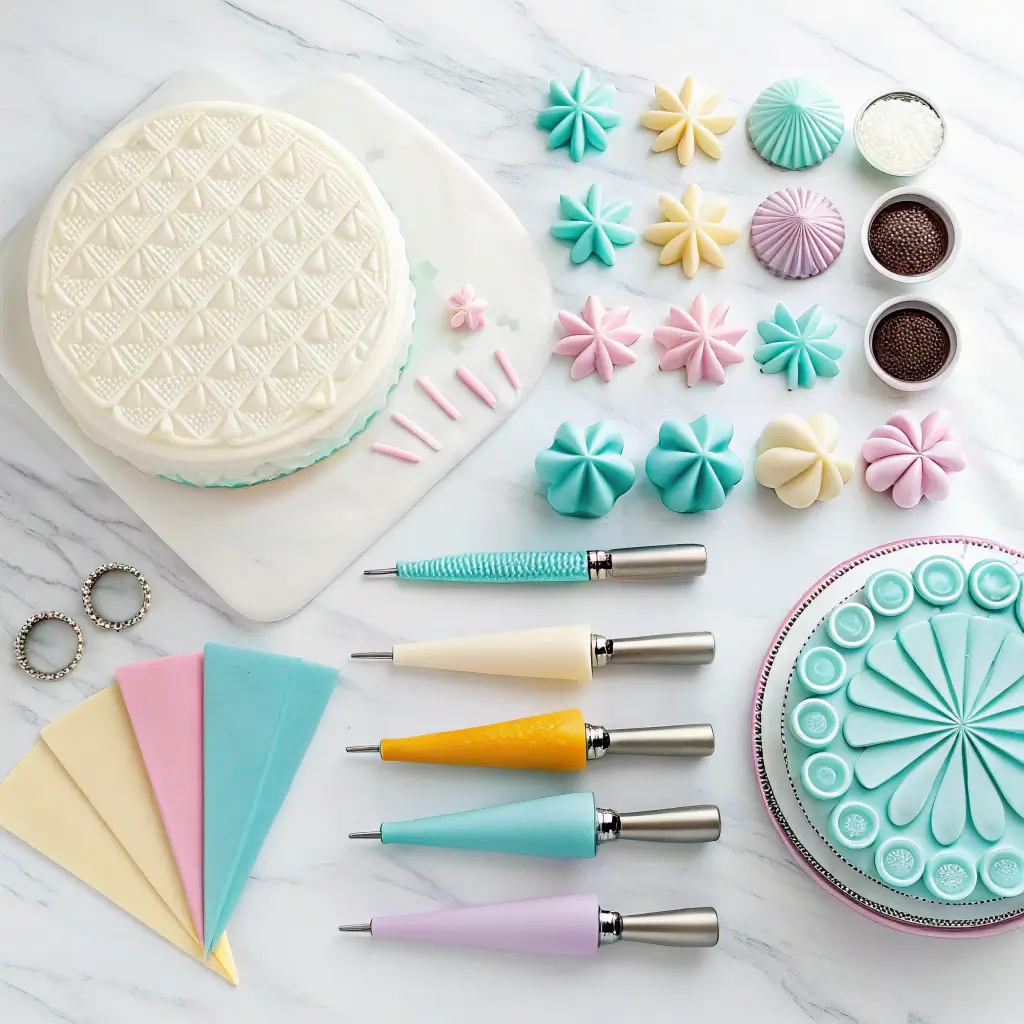
Before diving into the creative process of making a vintage-style cake, gathering the right tools is crucial. Consequently, your success depends largely on having these essential items ready:
| Equipment Category | Essential Items | Purpose |
|---|---|---|
| Baking Basics | Round cake pans (8-inch recommended) | Creates the perfect circle cake foundation |
| Mixing Tools | Electric stand or hand mixer | Ensures smooth, properly aerated batters and buttercream |
| Decorating Essentials | Cake turntable | Allows for smooth frosting application and even piping |
| Piping Equipment | Star tips (Wilton 1M, 4B) | Creates shell borders and rosettes for vintage aesthetic cake designs |
| Finishing Tools | Petal tips (Wilton 104) | Produces the delicate ruffles typical in vintage cake designs |
Additionally, specialty items like leaf tips and small round tips (Wilton 3, 5) help create the intricate details that make vintage cakes so distinctive. Furthermore, a smooth buttercream base is essential for adding decorative elements, so investing in quality offset spatulas and bench scrapers is worthwhile for any baker exploring vintage round cake designs.
Selecting the Best Cake Flavors That Complement Delightful Vintage Heart Designs
The flavor profile of your round vintage cake should harmonize with its classic appearance. As a result, many bakers opt for timeless favorites that have stood the test of time. Vanilla bean, almond, lemon, and chocolate are popular choices that complement the buttercream decorations perfectly.
For a truly authentic vintage round cake experience, consider incorporating flavors that were popular during specific eras. For instance, cherry-infused cakes gained popularity in mid-century recipes. Nevertheless, don’t be afraid to blend traditional aesthetics with contemporary flavor combinations to create something uniquely delightful.
Step-By-Step Guide: How to Decorate Round Vintage Cake with Classic Buttercream Techniques
Creating a beautiful round vintage cake requires patience and attention to detail. Therefore, following a methodical approach will help you achieve professional-looking results. Begin by ensuring your cake layers are completely cooled before assembly to prevent buttercream from melting.
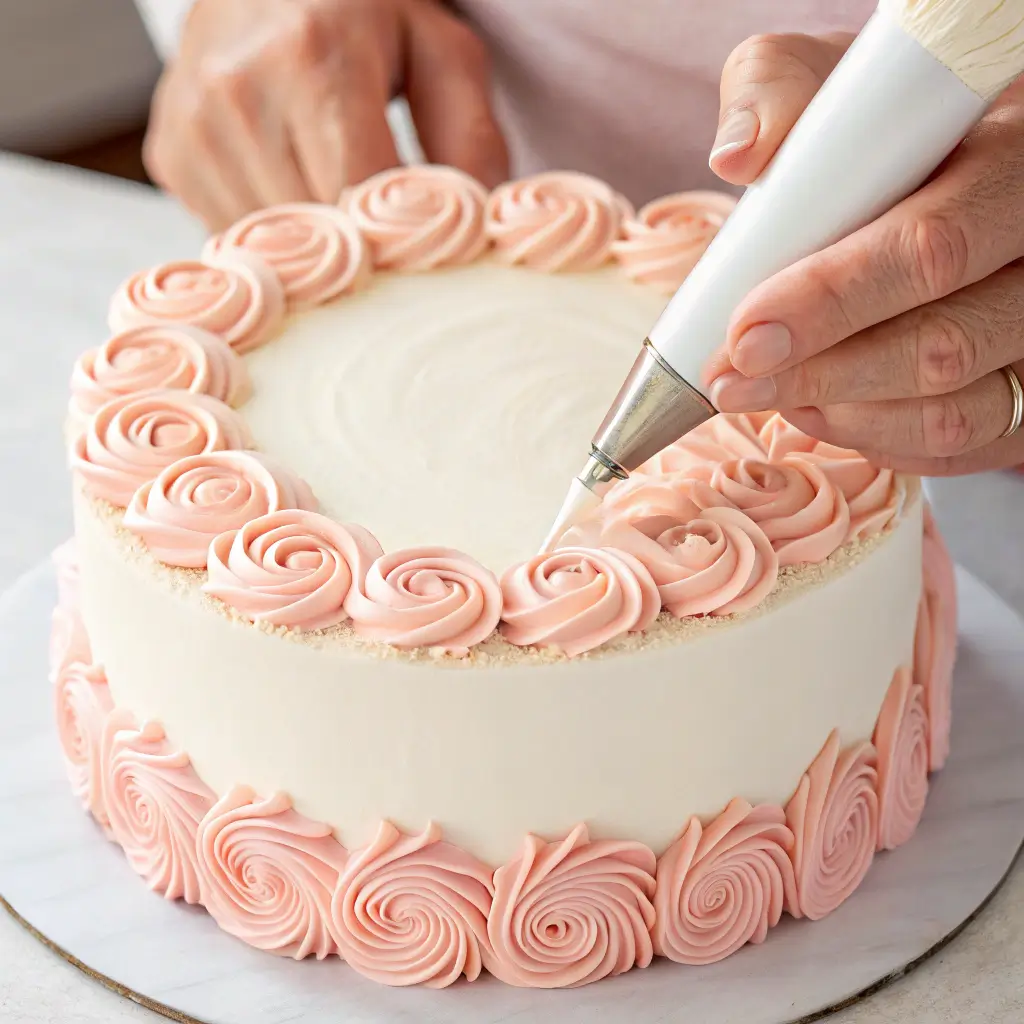
Preparing Your Circle Cake Base for Vintage-Style Decoration Techniques
The foundation of any impressive vintage cake design is a properly prepared base. First, level your cake layers to create even surfaces for stacking. Subsequently, apply a thin crumb coat of buttercream to lock in any loose crumbs. After chilling this initial layer, you can add the final smooth coating that will serve as your canvas for piping.
When working with a circle cake, achieving perfectly straight sides and a level top is essential for the vintage aesthetic. Consequently, using a turntable in combination with an offset spatula and bench scraper will help you create clean lines and sharp edges. Allow this final coat to develop a slight crust before beginning your decorative piping work.
Mastering Buttercream Cake Piping Techniques for Delicate Cake Decoration
The heart of vintage cake decoration lies in the piping techniques that create those distinctive ornate patterns. Moreover, practicing these methods before attempting them on your actual cake will help build confidence and precision:
- Shell borders: Using a star tip, pipe consistent shells around the top and bottom edges of your round cake
- Rosettes: Create dimensional floral elements with a 1M tip, varying the pressure for different sizes
- Swags and drapes: Apply elegant curved lines that mimic fabric decorations along the sides
- Overpiping: Add fine details over larger piped elements for additional depth and visual interest
Pink buttercream accents often feature prominently in vintage designs, adding a soft, romantic touch to the overall appearance. However, vintage cakes also incorporate other pastel shades or even bolder colors depending on the specific era being referenced. For authentic vintage round cake decoration, consider adding delicate heart patterns or cherry accents as finishing touches.
How to Incorporate Red and Pink Heart Elements into Your Vintage Round Cake
While buttercream forms the foundation of most vintage cake designs, additional edible elements can enhance their beauty and flavor profile. Therefore, consider incorporating fresh flowers (ensuring they’re food-safe), edible pearls, or classic garnishes like maraschino cherries.
For a truly special occasion cake with vintage flair, you might add a message on top using small round piping tips. Additionally, vintage birthday cakes often feature simple but elegant inscriptions that complement rather than detract from the overall design. Remember that the key to vintage aesthetics is balanced elegance—avoid overwhelming your round cake with too many competing elements.

Creating Pinterest-Worthy Vintage Birthday Cakes with Aesthetic Cake Details
Pinterest has become a treasure trove of vintage cake inspiration. As a result, discover Pinterest’s best ideas and inspiration for round birthday cakes with vintage appeal. Finding and saving ideas from these platforms can spark creativity for your own projects.
When designing a round birthday cake with vintage charm, consider incorporating these elements that perform particularly well on visual platforms:
- Strategic color combinations that evoke specific decades
- Perfectly executed buttercream textures that showcase technique
- Balanced compositions that highlight both detail work and overall design
- Subtle shimmer or pearl effects for added dimension
Explore related boards focusing on bolo vintage designs to expand your reference library. Consequently, you’ll develop a better understanding of how different vintage styles can be adapted to round cake formats for birthdays and other celebrations.
Troubleshooting Common Challenges When Creating Bolo Vintage Round Cakes
Even experienced bakers encounter difficulties when creating intricate vintage designs. However, understanding common problems and their solutions can help you overcome these hurdles:
If your buttercream becomes too soft while piping, chill both the cake and remaining buttercream briefly before continuing. On the other hand, if your buttercream is too stiff for delicate work, gradually incorporate tiny amounts of liquid until reaching the ideal consistency.
Another common challenge involves maintaining consistent pressure while piping designs around a round cake. Therefore, practicing proper hand positioning and developing muscle memory through repetition will improve your results. For the most intricate piped with buttercream details, consider marking guidelines on your cake’s surface with a toothpick before beginning.
Preserving and Displaying Your Vintage Round Cake Design Masterpiece
Once you’ve created your beautiful vintage-style cake, proper presentation enhances its impact. Consequently, selecting an appropriate cake stand that complements the aesthetic—perhaps a glass pedestal or vintage-inspired plate—will complete the look.
For best results when serving, allow refrigerated cakes to come to room temperature for optimal flavor and texture. Additionally, if transporting your vintage round cake is necessary, invest in a proper carrier that provides stability and protection for those delicate piped details that make your creation so special.
Modern Twists on Classic Round Vintage Cake Styles for Cherry-Themed Occasions
While traditional vintage cake designs hold timeless appeal, incorporating contemporary elements can create fresh interpretations for modern celebrations. As a result, today’s bakers often blend classic techniques with updated color palettes or unexpected flavor combinations.
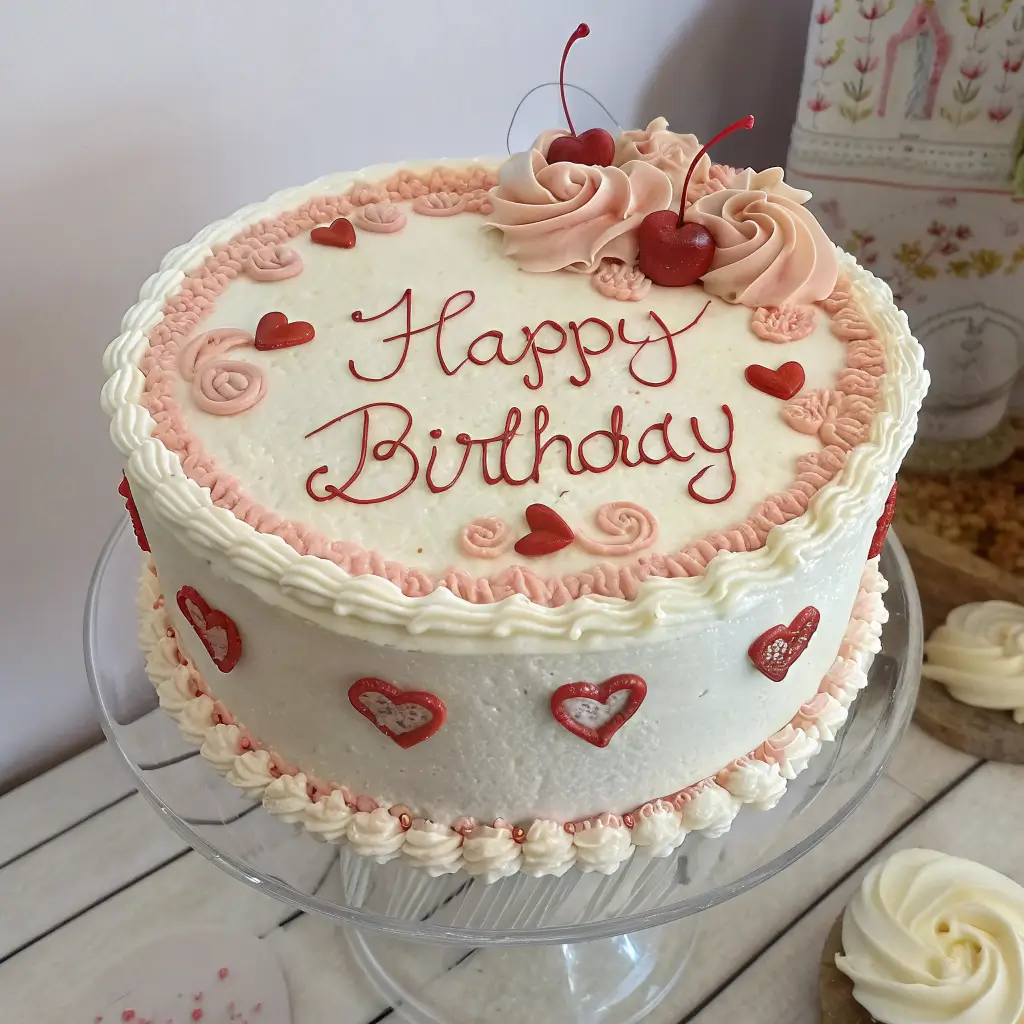
For example, a vintage round cake might maintain traditional piping techniques but feature ombré color gradients or metallic accents. Furthermore, experimental bakers might incorporate unexpected flavor profiles like cardamom, matcha, or blood orange into otherwise classic vintage-style cakes. This fusion approach allows for honoring tradition while creating something uniquely memorable for any special occasion.
Seasonal Adaptations for Round Birthday Cakes with Related Interests in Vintage Style
Adapting vintage cake designs to reflect seasonal themes enhances their relevance throughout the calendar year. Therefore, consider how color choices and decorative elements can evolve with the seasons while maintaining that classic vintage aesthetic:
- Spring: Incorporate delicate pastel colors and flower motifs
- Summer: Feature fresh berries and bright, cheerful color schemes
- Fall: Embrace warm amber tones and spiced flavor profiles
- Winter: Explore crystallized elements and elegant white-on-white designs
Red accents can add dramatic flair to vintage cake designs, particularly appropriate for Valentine’s Day or Christmas celebrations. Moreover, seasonal adaptations provide opportunities to showcase the versatility of vintage techniques across different contexts and occasions.
Explore More Cake Decorating Inspiration for Aesthetic Cake Related Interests
Looking for more cake ideas? Check out these related resources:
Frequently Asked Questions About Round Vintage Cakes and Buttercream Cake Designs
What are vintage style cakes called?
Vintage style cakes are often referred to as “heritage cakes,” “retro cakes,” or specifically by the decorative technique used, such as “Lambeth-style cakes” or “Victorian-style cakes.” Furthermore, these designations typically indicate the era or technique that inspired the design rather than a specific recipe. The term “vintage cake” broadly encompasses designs that draw inspiration from decorative styles popular from the early 20th century through the 1970s.
What is a circle cake called?
A circle cake is commonly called a round cake or layer cake when constructed in multiple tiers. However, specific round cake varieties have their own names, such as “torte” for certain European-style layered round cakes or “gateau” in French baking traditions. In professional bakery terminology, standard round cakes are typically identified by their diameter (e.g., “8-inch round”).
What did wedding cakes look like in the 1920s?
Wedding cakes from the 1920s were characterized by their multi-tiered round designs with white icing and Art Deco-inspired geometric patterns. Additionally, these cakes often featured columns between tiers, piped royal icing details, and decorative elements like sugar flowers or silver dragées. The white-on-white aesthetic was paramount, with intricate overpiping creating texture and visual interest against the smooth background of the round cake surfaces.
What is the world’s most famous cake?
The Sachertorte from Vienna is widely considered one of the world’s most famous cakes. Nevertheless, other contenders include Black Forest Cake from Germany, Victoria Sponge from England, and the classic French Opera Cake. Each of these renowned cakes has distinctive characteristics and historical significance that have contributed to their worldwide recognition and enduring popularity.
What frosting is used for vintage cakes?
Traditional vintage cakes typically feature buttercream as the primary frosting, with Swiss Meringue Buttercream and American Buttercream being the most common varieties. Moreover, royal icing was often used for detailed piping work and more structured decorative elements. The type of buttercream chosen depends on the specific vintage technique being employed—Swiss Meringue provides stability for intricate designs, while American Buttercream develops a crust that helps preserve delicate details.
What is the witches cake?
The witch’s cake refers to a historical curiosity rather than a decorative style. During the Salem witch trials in 1692, a “witch cake” was created as a form of counter-magic, made with rye meal and urine from the afflicted girls, then fed to a dog. This historical reference has no connection to modern vintage cake decoration techniques or designs for special occasions.
What are those small round cakes called?
Small round cakes are commonly known as petit fours, mini cakes, or cupcakes depending on their specific characteristics. Furthermore, when produced in very small sizes with vintage decoration techniques, they might be called “miniature vintage cakes” or “vintage-style petit fours.” These delightful small versions allow bakers to practice vintage decoration techniques on a smaller scale before attempting larger designs.
What is a jester cake?
A jester cake typically refers to a novelty or themed cake designed to resemble a court jester or incorporate elements of medieval court entertainment. While not specifically a vintage style, jester cakes might incorporate some classic piping techniques similar to those used in vintage cake decoration, particularly for creating dimensional elements and distinctive patterns.
Why is it called Devil cake?
Devil’s food cake earned its name as the rich, dark counterpart to the light and airy angel food cake. Consequently, the contrasting “devil” terminology reflected its indulgent nature. The cake is characterized by its deep chocolate flavor, often enhanced with coffee, and its moist, tender crumb. While devil’s food cake itself dates back to the early 20th century, it can serve as an excellent base for vintage-style decoration techniques.
What is the oldest cake in the world?
The oldest cake in recorded history may be the linzer torte, with recipes dating back to 1653 in Austria. However, simple forms of cake have existed since ancient times, with evidence of honey-sweetened baked goods found in ancient Egyptian tombs. These early cakes were more bread-like in texture than modern cakes and lacked the refined ingredients and techniques associated with vintage cake styles of the 20th century.
Who is the king of the cake?
While there isn’t an officially recognized “king of cake,” the title might refer to the renowned French pastry chef Pierre Hermé, often called the “Picasso of Pastry.” Alternatively, in New Orleans tradition, the “king cake” is associated with Mardi Gras celebrations. The concept of cake royalty varies by cultural context and specific baking traditions around the world.
What is in a Sachertorte?
A Sachertorte consists of dense chocolate cake layers with a thin layer of apricot jam between them, covered in dark chocolate icing. The original recipe, created by Franz Sacher in 1832 for Prince Metternich of Austria, remains a closely guarded secret at the Hotel Sacher in Vienna. While not typically decorated with vintage-style buttercream techniques, the Sachertorte represents an important milestone in European cake history that influenced later decorative styles.
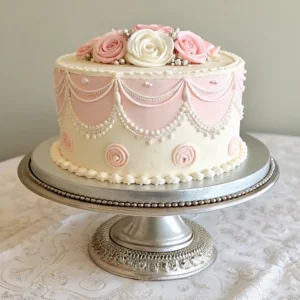
Round Vintage Cake with Classic Buttercream Decoration
Equipment
- 2 Round cake pans (8-inch) Creates the perfect circle cake foundation
- 1 Electric stand or hand mixer Ensures smooth, properly aerated batters and buttercream
- 1 Cake turntable Allows for smooth frosting application and even piping
- 2 Star tips (Wilton 1M, 4B) Creates shell borders and rosettes for vintage aesthetic
- 1 Petal tips (Wilton 104) Produces delicate ruffles typical in vintage designs
- 1 Offset Spatula For smooth buttercream application
- 1 Bench Scraper For creating straight sides and sharp edges
Ingredients
For the Cake
- 1 recipe vanilla, almond, lemon, or chocolate cake batter Timeless flavors that complement vintage designs
For the Buttercream
- 1 batch Swiss Meringue Buttercream or American Buttercream Swiss meringue provides stability for intricate designs
- Food coloring (optional) Pastel shades are traditional for vintage designs
For Decoration (Optional)
- Edible pearls For vintage embellishments
- Food-safe fresh flowers For natural decoration
- Maraschino cherries Classic vintage garnish
Instructions
- Ensure your cake layers are completely cooled before assembly to prevent buttercream from melting.1 recipe vanilla, almond, lemon, or chocolate cake batter
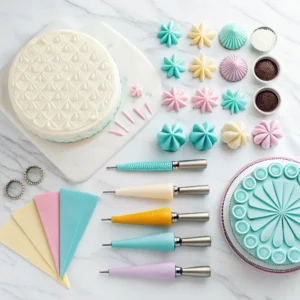
- Level your cake layers to create even surfaces for stacking.1 recipe vanilla, almond, lemon, or chocolate cake batter
- Apply a thin crumb coat of buttercream to lock in any loose crumbs. Chill for 15-20 minutes until firm.1 batch Swiss Meringue Buttercream or American Buttercream
- Apply final smooth coating of buttercream using an offset spatula and bench scraper on a turntable to create clean lines and sharp edges.1 batch Swiss Meringue Buttercream or American Buttercream
- Allow the final coat to develop a slight crust before beginning your decorative piping work.1 batch Swiss Meringue Buttercream or American Buttercream
- Using a star tip, pipe consistent shells around the top and bottom edges of your round cake.1 batch Swiss Meringue Buttercream or American Buttercream
- Create dimensional floral elements with a 1M tip, varying the pressure for different sized rosettes on the cake surface or sides.1 batch Swiss Meringue Buttercream or American Buttercream
- Apply elegant curved lines with buttercream that mimic fabric decorations along the sides of the cake.1 batch Swiss Meringue Buttercream or American Buttercream

- Add fine details over larger piped elements for additional depth and visual interest using smaller piping tips.1 batch Swiss Meringue Buttercream or American Buttercream
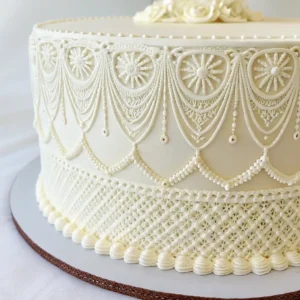
- Optionally add edible pearls, food-safe flowers, or classic garnishes like maraschino cherries to enhance the vintage aesthetic.Edible pearls, Food-safe fresh flowers, Maraschino cherries

Notes
- For best results when serving, allow refrigerated cakes to come to room temperature for optimal flavor and texture.
- If transporting your vintage round cake is necessary, invest in a proper carrier that provides stability and protection for the delicate piped details.
- The decoration techniques in this recipe can be adapted to complement any season or special occasion by adjusting the color palette and decorative elements while maintaining the classic vintage aesthetic.
